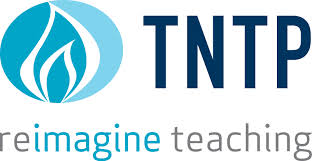
TNTP recently published a working paper titled "Reimaging Teaching in a Blended Classroom". The paper starts off by saying that blended learning is much more than introducing technology into classrooms, but rather it offers an opportunity to rethink not only how students learn but how teachers teach. I could not agree more. However, the paper suggests that the role of the single traditional teacher is being replaced by a team of teachers whose roles include Researcher & Developer, Integrator & Guide. Furthermore, the paper suggests that certain competencies become paramount for teaching in a blended classroom such as classroom management, risk taking, collaboration, use of data and content expertise. I disagree.
I would argue that blended learning just disaggregates what great teachers have always done but without the benefit of a model or system to personalize learning. I don't hold fast and hard to the notion that there are different roles for teachers in blended classrooms. There are of course many blended learning school models that in fact due have different roles in their classroom. However, these blended models that do tend to be referring to non-teacher roles (i.e. guides, coaches, mentors, monitors) that often are filled by non-teachers (aides, assistants, teacher-residents, etc.).
The biggest differences I see with traditional teachers vs blended teachers is a shift or de-emphasis away from
- content creation to content curation,
- lesson planning to goal setting
- assessment grading to performance feedback
- whole group instruction to personalized instruction
- classroom management to student agency
It is a difference in degrees of emphasis (less of one and more of other but not eliminating either) versus a whole new set of roles or competencies. I also think that blended classrooms can actually be "taught" or "led" well by far more teachers (i.e. lowers the bar long term) than traditional classrooms (much higher bar that fewer teachers meet because not many can produce great differentiated lessons on their own from scratch).
This may be the biggest hope for American public education -- lowering the bar for what is needed/demanded from teachers to be effective in raising the bar on student achievement.


